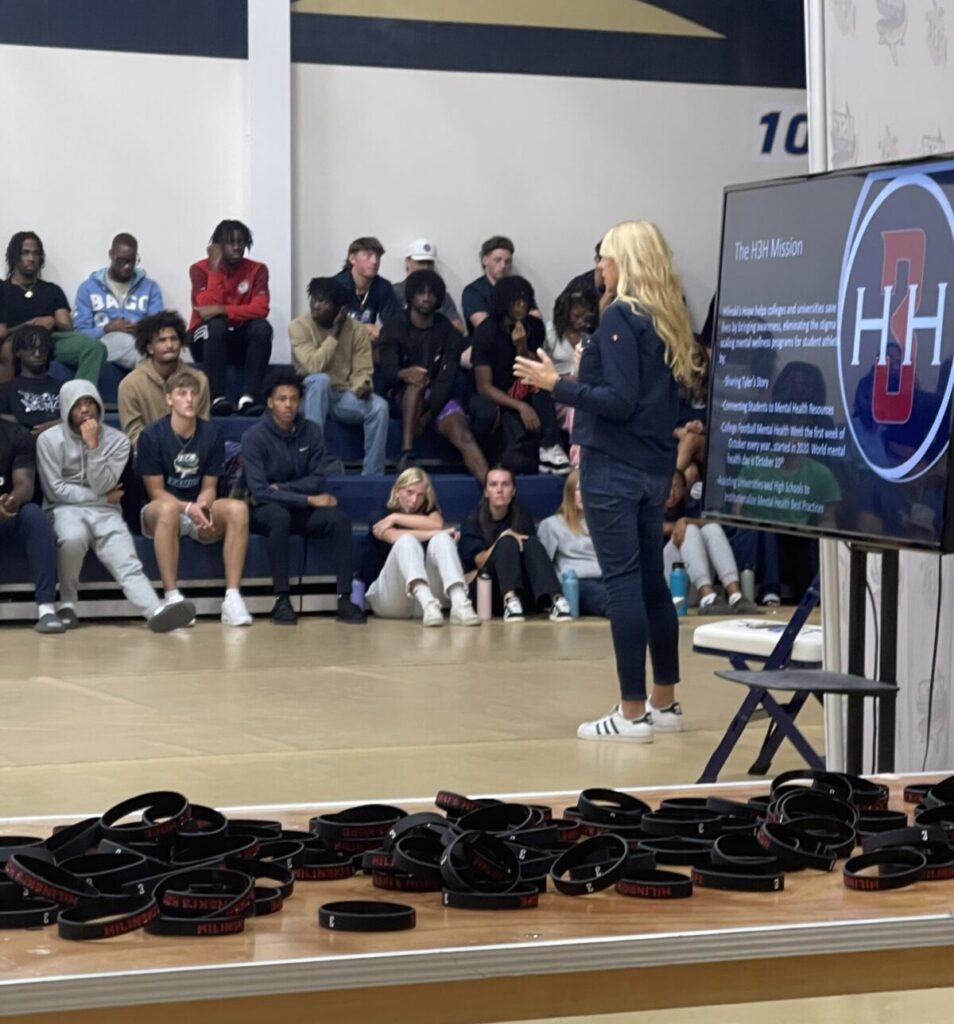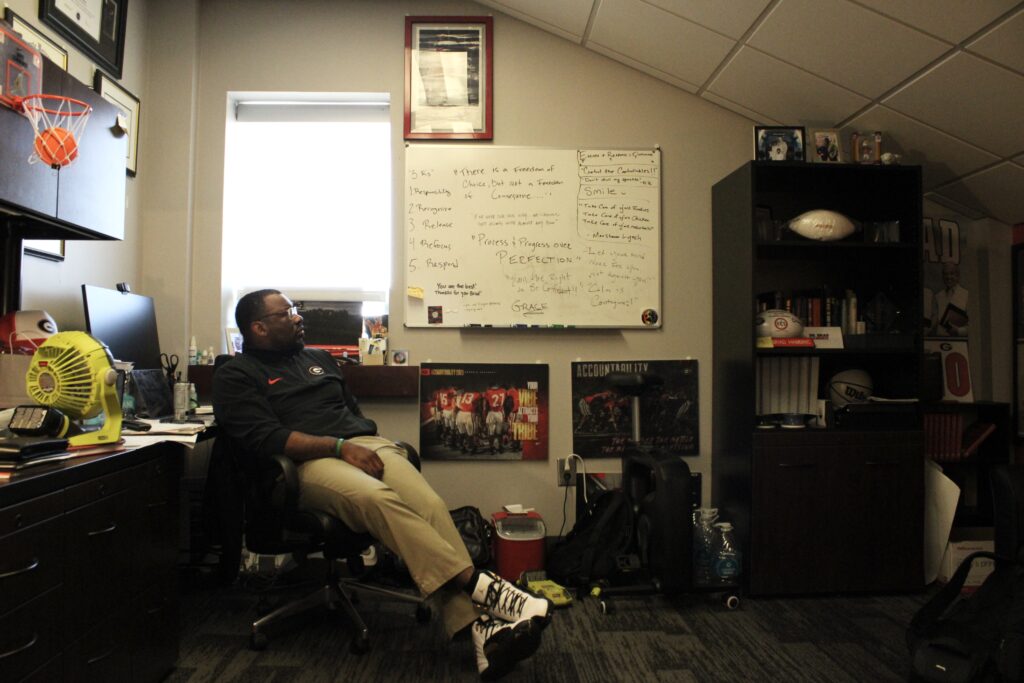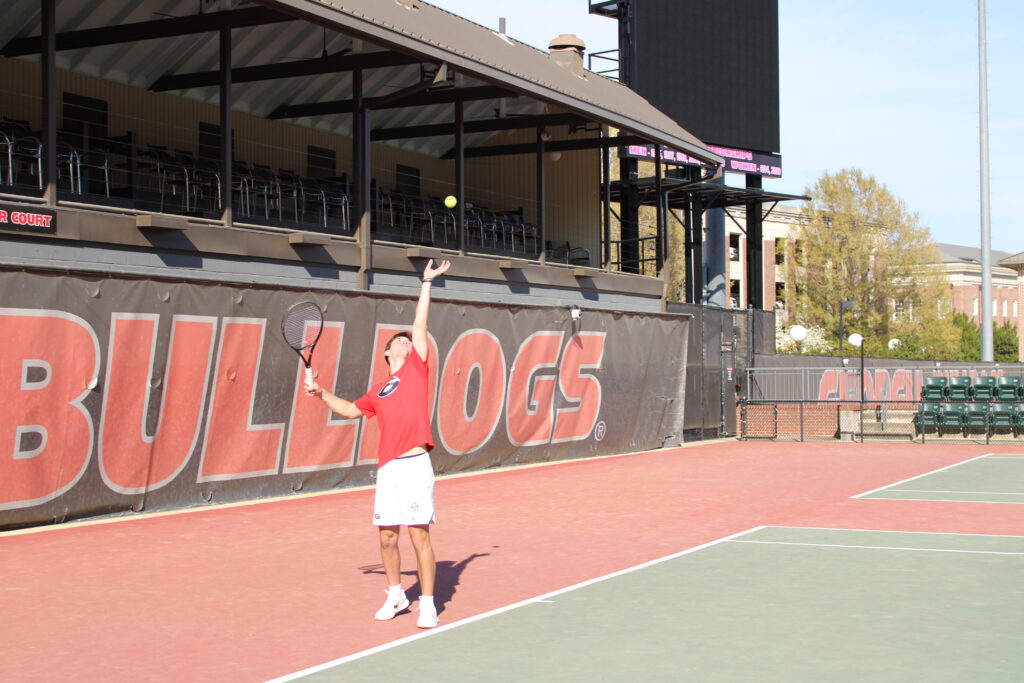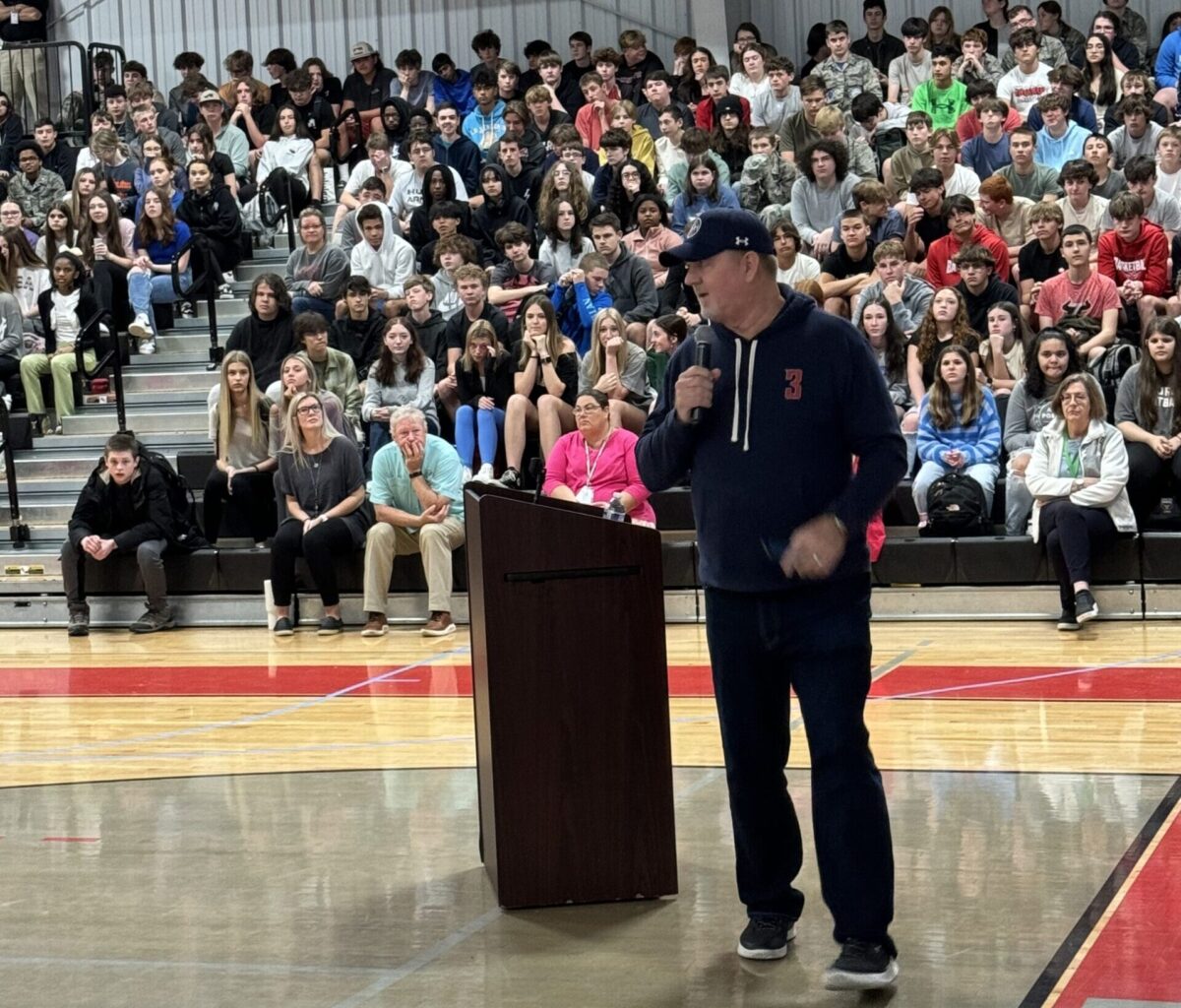The signs weren’t obvious. No note was left behind.
Many of the details surrounding the pain Tyler Hilinski went through remain unknown to his parents, but they mourn his death every day. The Washington State quarterback was just 21 years old when he died by suicide.
Now, Kym and Mark Hilinski dedicate their lives to ensuring their son’s story is never written again.
“This is a life and death issue,” Mark Hilinski said. “I think it’s extremely difficult for coaches of any age … they have to just allow for the fact that mental health is a disease not dissimilar to cancer. It’s just harder to find.”
Through their foundation, Hilinski’s Hope, they’ve partnered with more than 200 universities to help administrators institutionalize positive mental health practices and connect students and coaches in need with resources.
Most important, in their talks to student-athletes, they share Tyler’s story.
“Storytelling is a great way to get your point across,” Kym Hilinski said. “And I don’t think there are very many organizations out here doing this … it’s very powerful.”

Why It’s Newsworthy: As changes to the college sports landscape may marginalize the mental health and academic success of student-athletes, the unique mental health crises this group faces are spotlighted.
Student-Athlete Mental Health
During the 2023-24 school year, more than 8 million American high school students participated in sports. At the same time, there were more than 540,000 NCAA student-athletes, across three divisions and more than 1,000 member institutions.
And, just like everyone else, they’re human. They struggle. They feel emotions. They get stressed. They go through life’s many highs and lows, and sometimes the lows are very low.
But it is much harder to play through the pain when the pain is in your head.
“People feel that it’s a sign of weakness to speak on something that they’re struggling with. And no one wants to…especially in places where you have to be strong,” said Brad Hambric, a clinical counselor for UGA Mental Health & Performance.
Hambric works with student-athletes confidentially and guides them through their mental health challenges.
A common stigma he sees from the athletes he’s helped is the fear of discussing mental health over concerns it makes them look foolish or pathetic. Others have said they fear they will lose playing time or their teammates’ respect if their struggles are exposed.
Trying to achieve a balance between academic and athletic life can feel impossible, he added, due to demanding time constraints and the constant pressure to succeed in both settings.
“This is probably the only place on campus where there’s not any expectations … the only place where they can be fully vulnerable and transparent,” Hambric said.
There are no better feelings as a professional, he said, than knowing the impact he’s made on so many lives. Occasionally, he gets cards with “You saved my life” messages.

In 2024, the NCAA approved additions to its list of best practices for student-athlete mental health by which member institutions must comply. Perhaps most crucial is the new mandate to screen all student-athletes at least once a year for symptoms of psychological distress.
Parker’s Story
Parker Jacques, a sophomore on Georgia’s tennis team, agrees Georgia does a good job accommodating mental health issues, and that his career benefits from it.
One personal struggle of his was trying to live up to the standard set by his father, who also played collegiate tennis.
“I feel like there’s a weight on my shoulders at times. I struggle to give myself grace … I definitely wrestle daily with fighting against the idea of being so right and so perfect,” Jacques said.
Being in an environment where mental health is embraced and treated seriously, however, makes Jacques feel supported.
“I’m very aware of where my mind’s at and how I’m feeling and what’s healthy or not healthy for me. That’s kept me very grounded,” he said.

His faith in God and his relationship with his family have both grown stronger as a result.
But Jacques is hardly the only one with renewed faith.
Hambric was inspired to work in his field because of his own experiences not having mental health resources available when he was a student-athlete.
“It was just a perfect combination of everything that fulfills me as a professional,” Hambric said.
And seeing how student athletes light up when they feel seen and heard keeps Tyler Hilinski’s light alive in the hearts of his mom and dad.
“We think that means something to these guys, that there’s somebody fighting for them. We don’t even know them, but we love who they are,” Mark Hilinski said. “This is the absolute ability to change somebody’s life.”
Zachary Pascuzzi is a third-year student majoring in journalism.









Show Comments (2)